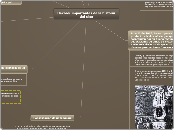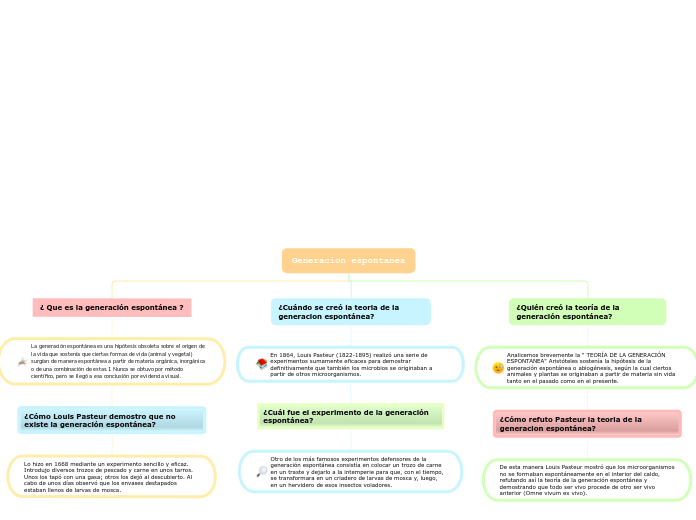Fundamentos epistemológicos: El saber, la Episteme y la doxa
To name your story, you have to think about the overall message and what you want your audience to understand from the story. Also, make it relevant and easy to remember.
Episteme y doxa
The middle of the story is where you add layers of complications that will lead to the end. Reveal more about the character's journey. Did their personality go through changes? How did they overcome the challenges? And as you build up the story’s central conflict, make it more personal to that character. Also, from the middle act, you have to lead into the final act.
Doxa
Your character(s) need(s) motivation in order to solve the challenge(s).
Se aleja de la verdad
Secondary characters might also have motives that lead them to cross paths with the main character or which might trigger them to help the main character.
Motivation
Opinión
Why does your character need to confront this challenge? What does he/she expect to accomplish by solving it?
See a few examples:
- will marry in 3 days
- can fix the mistakes of the past
No tiene sustento
Episteme
Each story has a main character and that character usually needs to solve a problem or challenge. The character's challenge is the one that creates tension throughout the story.
Conocimiento verdadero (Najmonovich, D., & Lucano, M. (2008), P 27)
Tipo de pensamiento
Conocimiento comprobado y experimentado
Hechos
La naturaleza de las cosas.
Lo que es verdad
Mundo latino SCIENTIA
Type in any other challenges which other characters in the story need to face.
Conocimiento científico
Interpretación de la verdad usada en la ciencia.
In most stories, there are 3 challenges. The number 3 is a mystical number symbolizing completeness. Try to come up with interesting challenges with which your character needs to struggle.
See a few examples below:
- turns into a werewolf at night
- is sent back in time
Saber y conocimiento
In the beginning of the story (or the exposition), you will need to introduce the setting and characters. You might also want to introduce the main conflict. This part of the story is important because it gives the reader necessary background information and maybe even a first insight into a character’s personality.
El Lenguaje
Estructuras
2. Estructura de la lengua que precede.
Dan forma a la versión del mundo personal.
1. Estructuras de la lengua
Permiten comprender el alcance de las estructuras.
Hacen una red
La lengua común es occidental
Tiene una semántica, sintáctica, pragmática europea
Lengua castellana
Saber es todo decir sobre un orden del conocimiento
Conocimiento construye un significado
The setting (time & place) of a story can change throughout the plot.
Habita un hábitat
The time of the story can also change. It can describe the event of a single day or can include an entire year's plot. Anyway, don't forget to mention it.
Interpretación de la cosa por un viviente
Multifinalidad de las cosas
Hábitats
Diversos
Divergentes.
Paralelos
El conocimiento se genera cuando percibimos una realidad
Characters are essential to a good story. Usually, the protagonist(s) is/are the most affected by the plot. Introduce a character by focusing on their actions, interests, and occupation, as the physical appearance doesn't make a difference in most cases.
Identificar lo válido y lo diferente de todo lo que no es conocimiento.
Platón: Modelos matemáticos para comprender los fenómenos
Soluciones matemáticas (Najmonovich, D., & Lucano, M. (2008), P 29)
Choose the type of your chacter:
Protagonist (main character)Antagonist (main character's opponent)Flat (stereotypical character)Round (his/ her personality develops throughout the story)Static (doesn't evolve as a person throughout the story)Dynamic (dramatical change in personality)Confidant (the main character trusts him/ her)Foil (contrasting character who enhances the personality of another character)Other
Aristóteles: "Explicaciones causales, mecanismos productivos"
Type in the name of your character.
Reconoce y valora la observación y la experimentación (Najmonovich, D., & Lucano, M. (2008), P 29)
Which traits best describe the character's personality? Choose more if necessary:
introvertedloyalkindindependentquick-thinkingadventuresomeidealisticsweet-naturedcalmrisk-takercreativewittystrictfussyweirdclumsyharshaggressivecarelessclingingcowardlycrueldeceitfulimpulsiveOther










